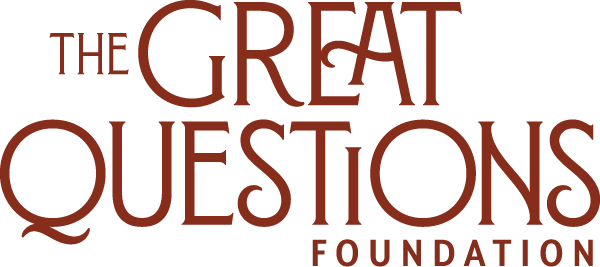“What to do?” [Sonya] cried, jumping up from her place; her eyes, previously full of tears, suddenly began to flash. “Stand up! […]. Go at once, this very minute, and stand at the crossroads, bow down, and begin by kissing the ground that you have fouled; then bow down to the whole world, all four sides, and say aloud to everyone: ‘I killed!’ Then God will send you life once more.” (Part 5, Chapter 4, p. 355)
Fyodor Dostoevsky
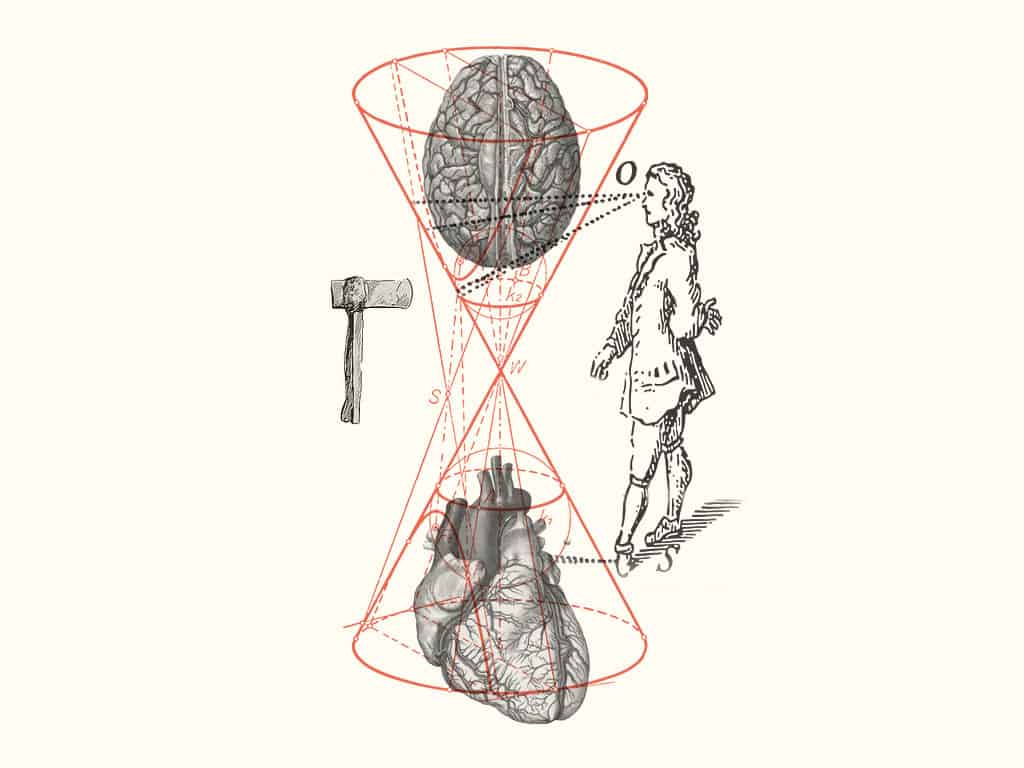
Crime & Punishment
Fyodor Dostoevsky
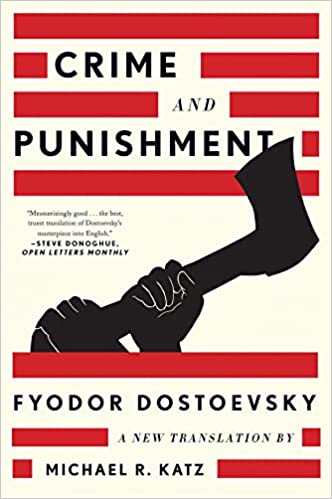
Katz, Michael R., ed. and trans. Crime and Punishment by Fyodor Dostoevsky. Norton Critical Edition, Norton, 2018.
...the work concerns Raskolnikov’s journey to confession, punishment, and redemption through love.
Raskolnikov, a young man recently a student and scholar, who in his irritability, anxiety, and poverty has isolated himself from his friends and family, contemplates an experiment of killing a woman pawnbroker whom he considers a parasite on society. After Raskolnikov kills the woman (and her sister, who unexpectedly arrives on the murder scene) early in the novel, the rest of the work concerns Raskolnikov’s journey to confession, punishment, and redemption through love. Among his confused and contradictory set of motives is a desire to prove a theory expounded in one of his recent scholarly articles, “Concerning Crime,” that there are in history extraordinary men, “supermen” who accomplish great things and who are not obliged to live by the same moral and criminal codes as regular people. Raskolnikov believes the murder will prove he is one of such people. Other characters in the novel include his mother and Dunya, his sister; Marmeladov, a pathetic, self-pitying drunkard who is responsible for the destitution of his wife, his step-children, and his daughter, Sonya, who in turn desperately turns to prostitution to support the family; Razumikhin, Raskolnikov’s friend; Svidrigaylov, a predatory, amoral libertine, who seeks pleasure above all else, irrespective of whether his actions are beneficial or destructive toward others, and whose name has been connected with possible acts of rape, murder, and child sexual abuse; and Porfiry, a detective who solves the murder of the pawnbroker. Porfiry postpones arresting Raskolnikov to allow the murderer to work through his guilt over the crime and to accept his guilt, his need for punishment, and his desire for redemption through that punishment. At the end of the work, Raskolnikov is released from prison after serving his time, and he begins a new life with Sonya.
Why This Text is Transformative?
In his characters, the reader encounters the complexity of human thought and desire, the quest for understanding ourselves, and the perennial questions that mark human interaction.
Dostoevsky stands among the great Russian novelists and world writers. In his characters, the reader encounters the complexity of human thought and desire, the quest for understanding ourselves, and the perennial questions that mark human interaction. Dostoevsky’s ideas at the time of the novel’s composition were very much informed by the radical political climate in St. Petersburg, ideas which Dostoevsky felt were morally and politically dangerous. In Crime and Punishment, we are closely acquainted (and we identify) with Raskolnikov’s thoughts and feelings, and we are fascinated by the protagonist’s dark impulses to murder for what seems the simple experience of that act, even against the objections of his conscience. He seems as surprised as we when he actually commits the brutal murders of the pawnbroker and her sister. He (and we) struggle to reconcile that act with his stronger impulses to aid those others he encounters and to finally resolve the deep schism (or “raskol,” in Russian) within himself through confession, punishment, and a kind of grace achieved through seeking God’s forgiveness. Do the ends justify the means? As Porfiry notes, “The sanctioning of bloodshed as a matter of conscience; why, in my opinion, that’s more terrible than an official or legal sanction to shed blood” (Part 3, Chapter 5, p. 223).
A Focused Selection
Study Questions
Raskolnikov’s dream of witnessing the killing of the mare and response (pp. 46-51) and his killing of the pawnbroker and her sister and his response (pp. 64 ff.)
1) How does Raskolnikov’s guilt manifest itself? Does Dostoyevsky make it seem like genuine guilt, or is it something else?
2) How do dreams in the novel demonstrate the thoughts and feelings of the characters? What can dreams tell us about the characters that we might not otherwise know? What do you think your dreams tell you about yourself? Do you think the content of your dreams can be used as evidence of your thoughts and feelings?
3) What overall point can one take from Raskolnikov’s experience with the dream and his feelings upon waking? Can we make a case using psychological evidence from the dream and his response?
4) Compare the dream about the brutal killing of the mare with the brutal killing of the pawnbroker, Alena Ivanovna, and her sister Lizaveta. Consider how the setting, the pacing, and the frame of mind of Raskolnikov in both cases. What similarities and differences exist in the two scenes? What do we learn about the protagonist from these scenes?
Building Bridges
A Recommended Pairing
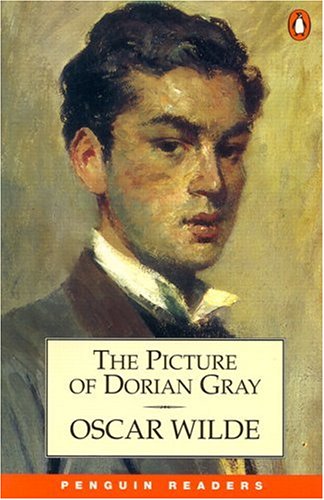
A useful pairing for Crime and Punishment is Oscar Wilde’s The Picture of Dorian Gray.
Both works concern serious and purposeful transgression of moral and criminal codes of behavior. However, for most of Wilde’s novel, Dorian seems only to have hints of regret for his behavior, until, that is, his final realization of his soul’s complete corruption. Wilde’s work seems to play out Dostoevsky’s underlying concern in Crime and Punishment about intellectual thought and acts of free will devoid of Christian underpinnings and that such ideologies can be transgressive and dangerous for society and can jeopardize human reconciliation and happiness. Although most of Dorian’s crimes are not identified, the hubris and vanity that leads to Dorian’s many years of narcissistic, destructive behavior are similar to Raskolnikov’s misguided decision to kill despite his obvious aversion to such cruelty toward other humans. Dorian is able to better disguise this impulse from himself, but in the end, his confrontation with his hideous portrait reveals the corruption of his soul that he has been hiding from. The final scenes of both novels complement each other well, too: whereas Raskolnikov finds reconciliation and redemption through humility and asking forgiveness, Dorian believes he is beyond God’s grace, and he figuratively and literally destroys himself by cutting through the portrait that has carried the ugly marks of his transgressions throughout the work.
Supplemental Resources
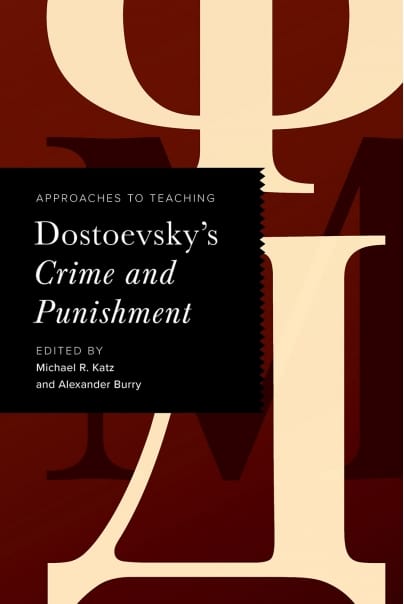
Approaches to Teaching Dostoevsky’s Crime and Punishment Editors: Michael R. Katz, Alexander Burry
Text Mapping
Discipline Mapping
English/Composition Studies
Sociology
Psychology
Page Contributor



